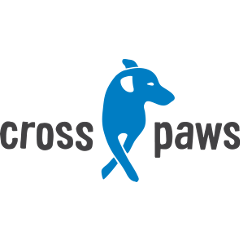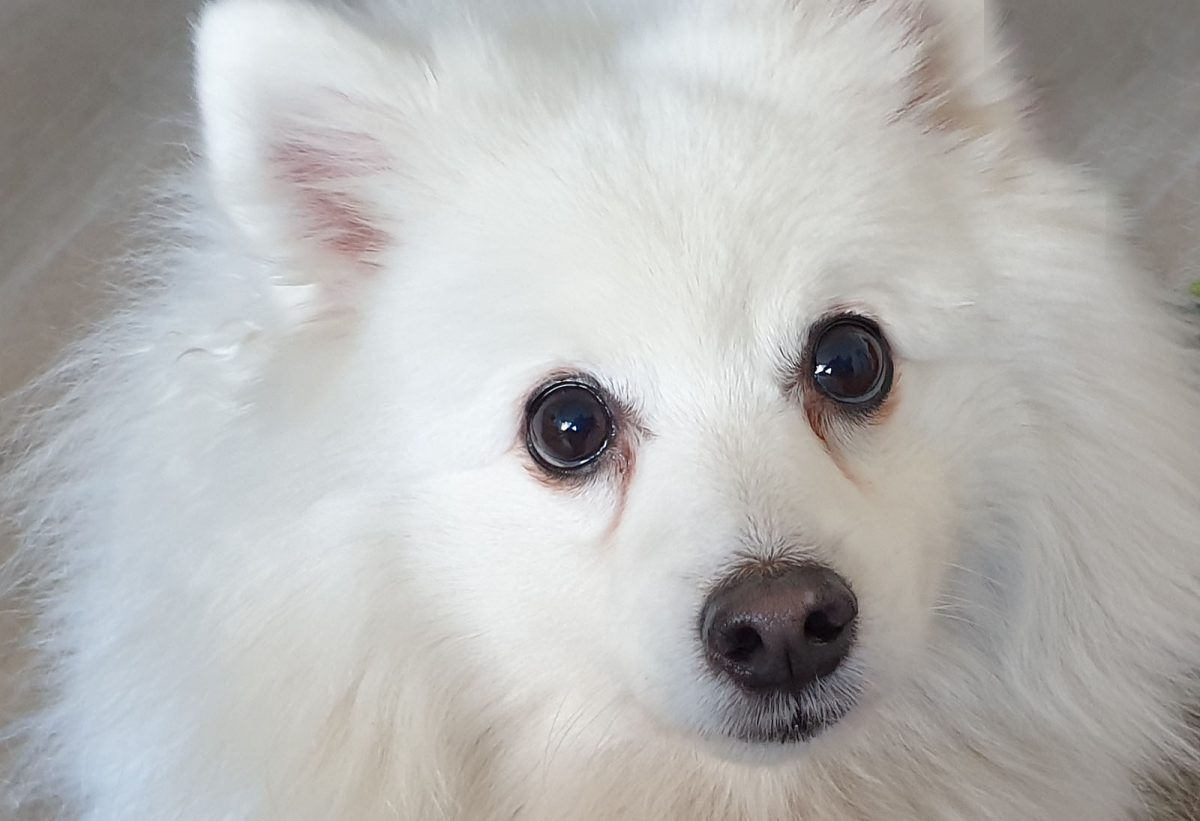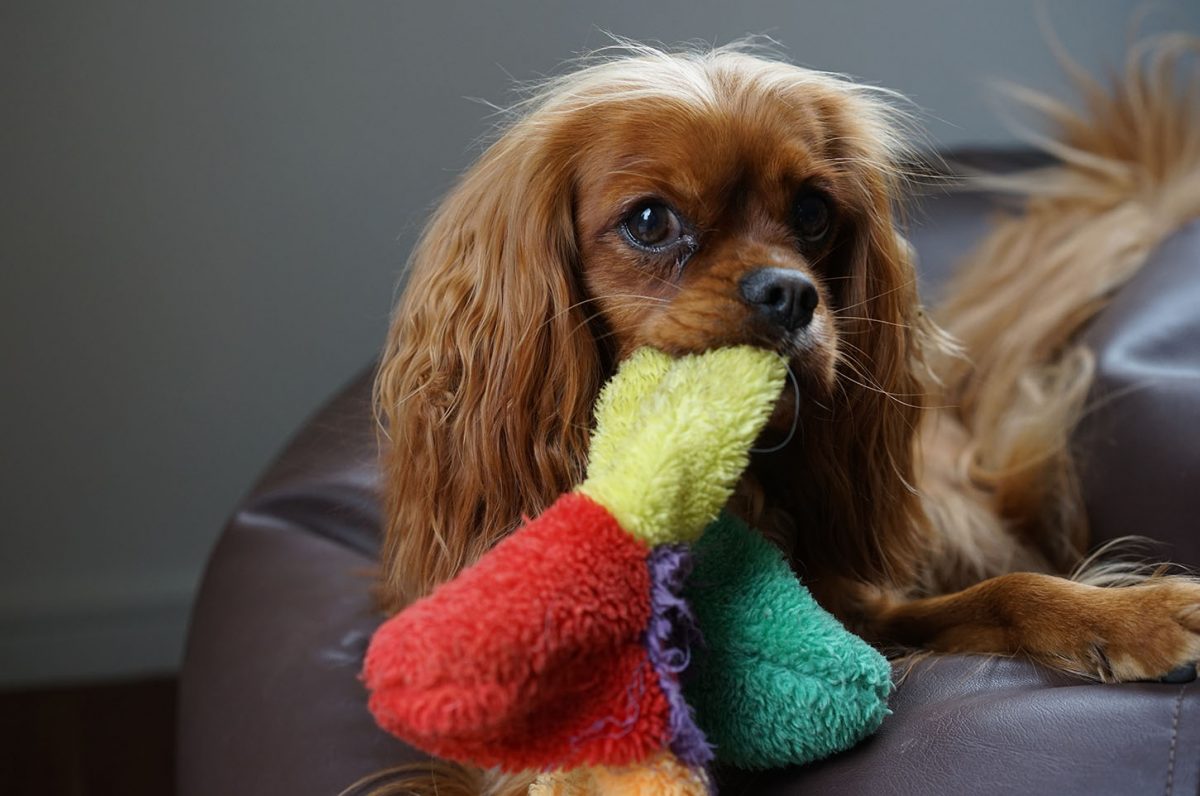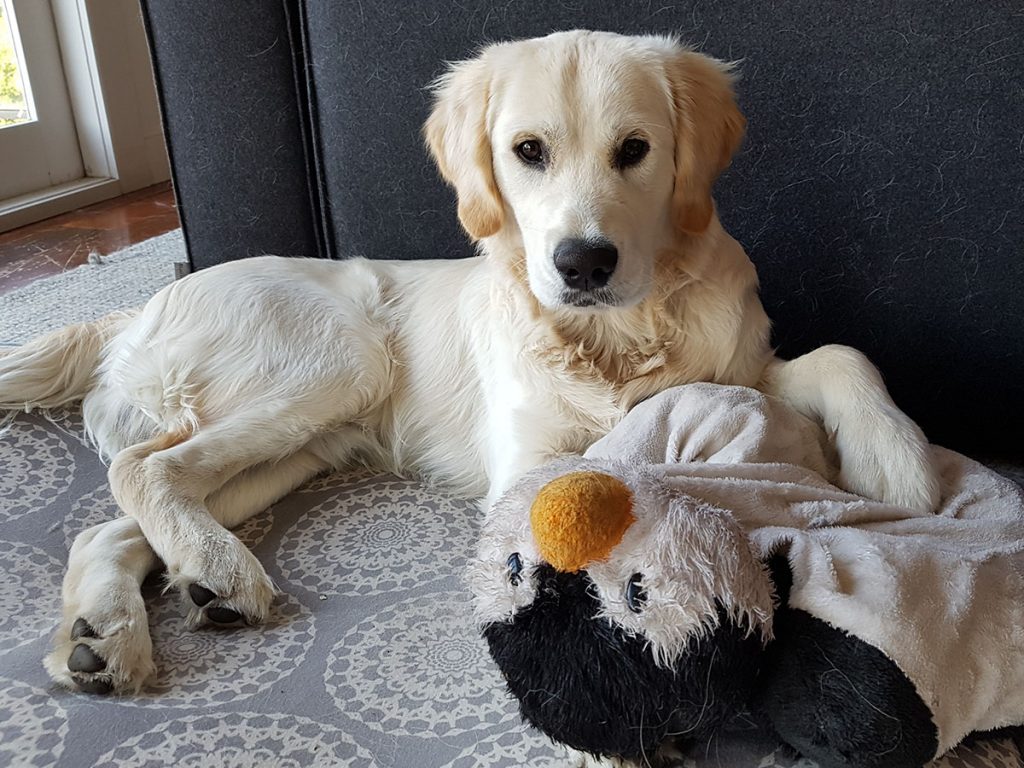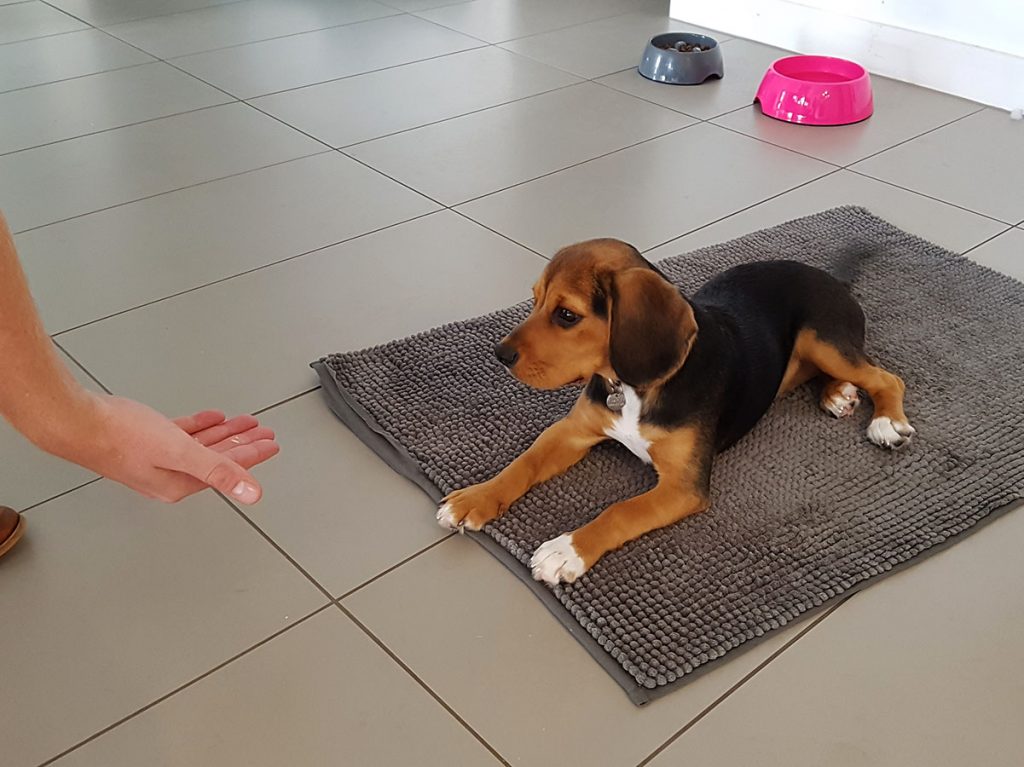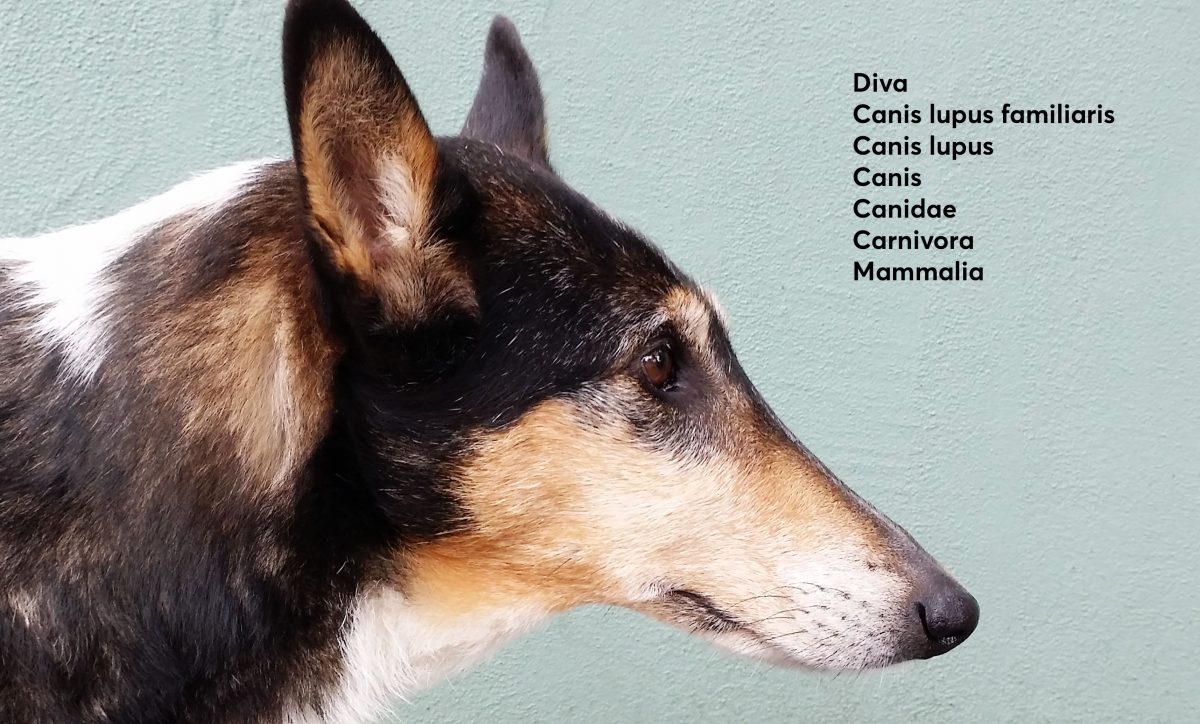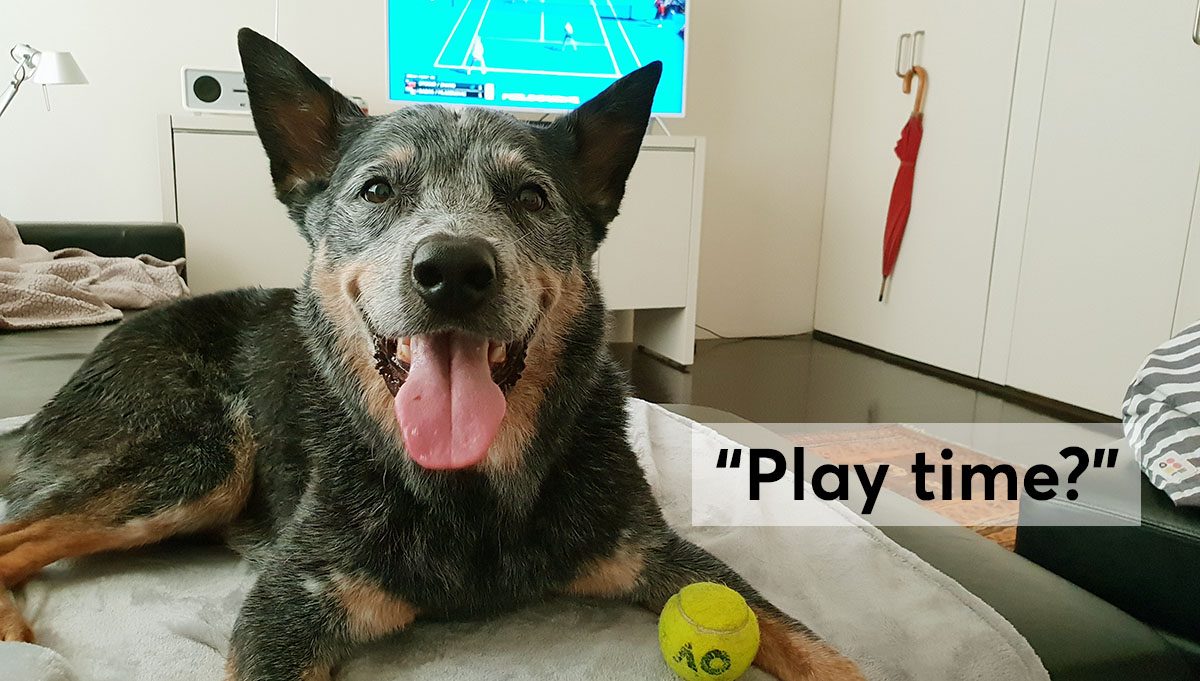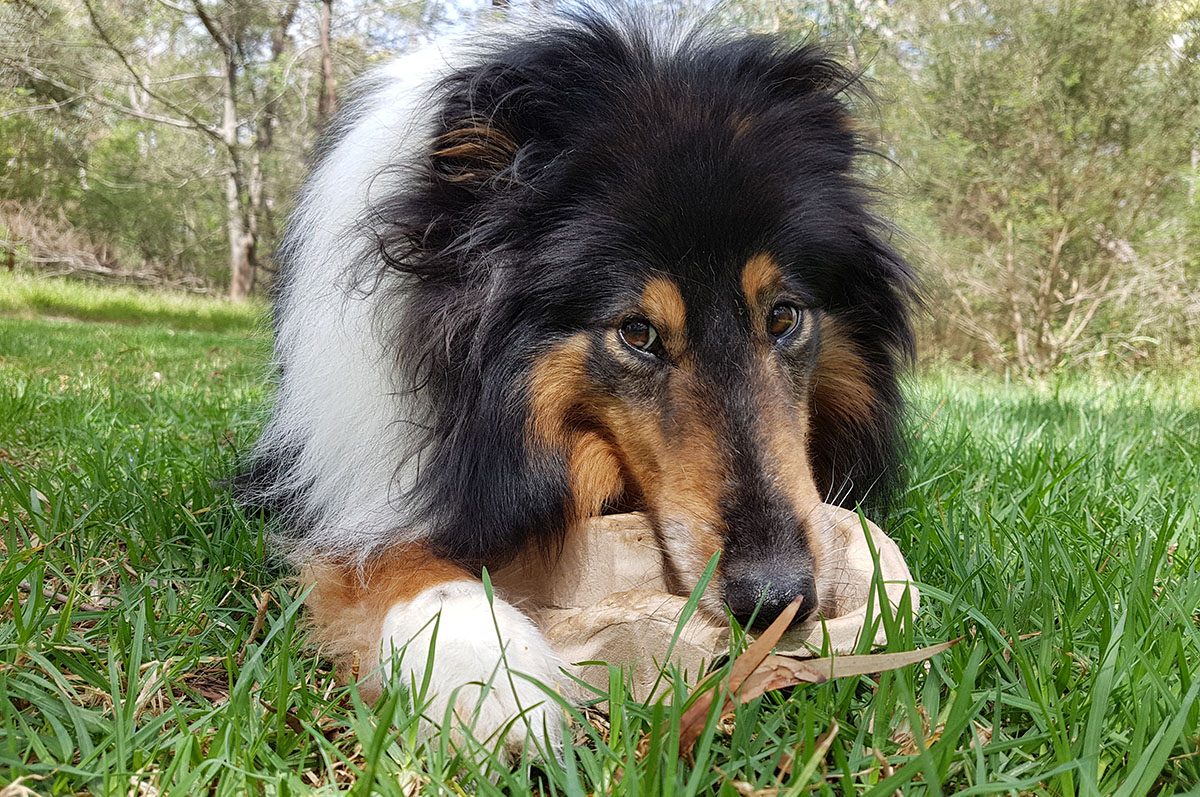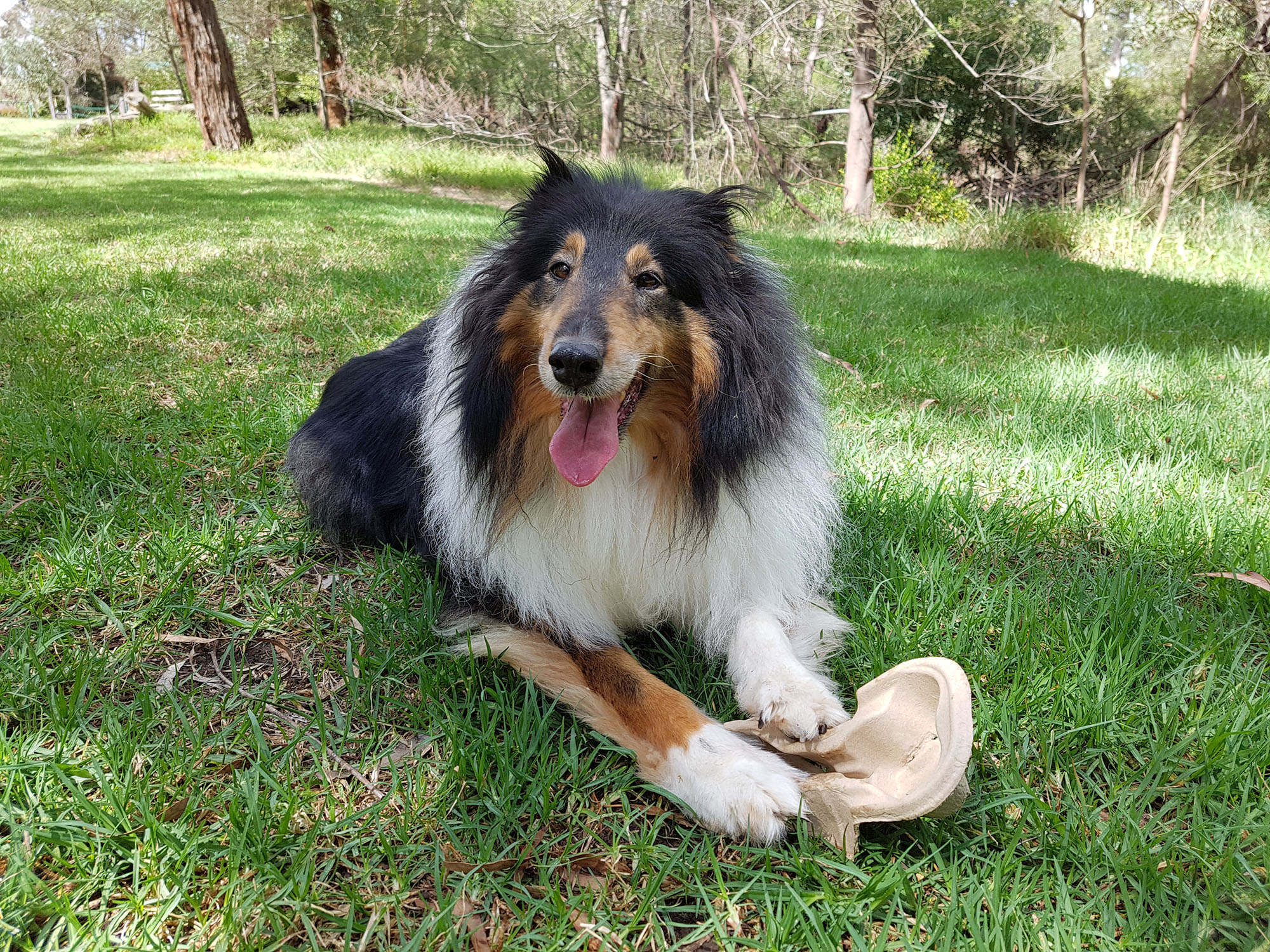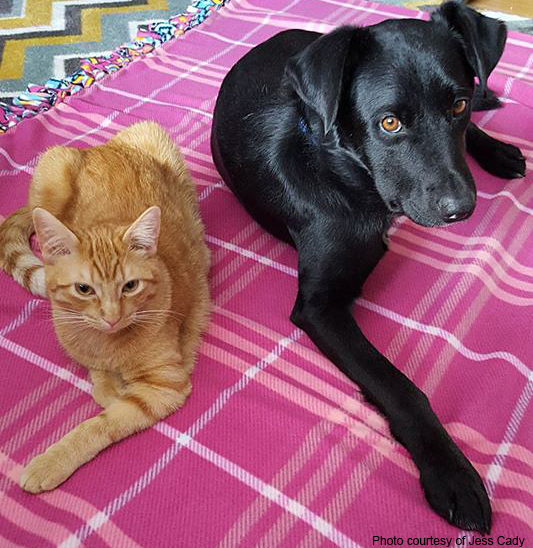I very rarely eat ice cream, but if I do, it’s always vanilla. Years ago, I read somewhere that my generation was addicted to vanilla because there was vanilla flavouring in pretty much everything we ate or drank as babies. Not sure, if that’s a myth, but to me, vanilla tops any other flavour, including those with mouth-watering names such as chocolate chip cookie dough or new age vibes like keto kefir coconut.
There is nothing plain about plain vanilla. It’s tasty. It’s uncomplicated. It works.
Transparency is Lost in the Battle for Newest and Sexiest
You’d think we don’t have to change something that works, but humans never stop in their quest for new and better things. And that’s great, of course. Think new technology which can make our planet and our lives healthier and safer. On the other hand, the constant churning out of new products, services and ideas isn’t always about making things better, let alone the betterment of humankind. Instead, we need new products and services to make our economy tick over. Business relies on it, marketing tells us we need it and we happily consume it. And, if forest bathing, pet jewellery or garlic ice cream makes us happy, then that should be a good thing.
Problems start when the colourful marketing and tempting promises lure us to buy a product or service which subsequently doesn’t deliver or even causes harm. Competition also means that established products and services may get thrown under the bus for no other reason than being considered “dated”, unless someone discovers that the “old stuff” actually worked really well, dusts it off, applies a new coat and sells it again.
What is lost in all of this is transparency. What exactly does a product or service give us for our money? If we peel away the layers of spin, which target us on an emotional level, what is it that remains?
Finding the Plain Vanilla of a Product or Service Gives Us the Power to Choose Wisely
The “gourmet wild-caught salmon terrine with baby garden peas and turmeric sprinkle” may make our mouths water, but the cat doesn’t even care that the mush in the sachet is the stuff that was swept off the floor at the close of the wholesale market. Falling for appetitive labelling rather than reaching for the generic “cat food with fish” item on the supermarket shelf usually results in nothing more than a slightly higher price tag, so no harm done.
But if the boot camp operator guarantees to turn our dog into the “perfect family member” in just a few weeks, if the doggy day care staff assure us their experience in dog training results in “better behaved” and not just tired dogs, if the behavioural trainer talks about “relaxation exercises” and wants to “improve our relationship with our dog”, we need to ask a lot more questions. What exactly do these people do to change our dog’s behaviour?
Just like a plain vanilla version of the delicious sounding cat food is protein, fats and carbohydrates, we can find a simple explanation behind getting a “better behaved” dog: Behaviour change via operant conditioning.
The Plain Vanilla Mechanisms Behind Behaviour Change are Operant and Respondent Conditioning
The most used category of animal learning in dog training is behaviour modification by consequences (aka operant conditioning). The dog is likely to repeat a certain behaviour in the future in a similar context, if it has resulted in a consequence they consider positive. Equally, they are likely to avoid doing things in the future which have resulted in something they consider negative.
The dog also associates positive or negative emotions with people, other animals, things or events which are present or occur in the environment whenever they experience something they consider negative or positive. This is in fact the second relevant category of animal learning (aka respondent conditioning) and it always comes along for the ride, if we invite it or not.
The questions we need to ask before we buy is: Does the product or service provider intend to change our dog’s behaviour by providing positive or negative consequences and what emotional associations might our dogs form with us, other people, other dogs or anything else in their environment as a result of this?
If Language Blocks Us from Making Good Choices, We Need to Ask Questions
Right now, dog training products and services are still heavily geared towards providing negative consequences to stop the dog from doing whatever they are doing and it taps into our cultural acceptance that “bad behaviour” should be punished. What it ignores entirely is that the “bad” behaviour we see in our dogs is usually perfectly normal dog behaviour (i.e. we are punishing the dog for being a dog) but also that it may not even be under the dog’s voluntary control (i.e. despite negative consequences the dog is simply not capable of changing their behaviour).
The problem is, especially now that positive reinforcement training (i.e. providing positive consequences for behaviour) is slowly but firmly gaining followers, we are not always told that the goal is to punish our dog’s behaviour or that a specific product or method causes negative emotions in our dogs, let alone the potentially devastating fallout from this approach. So the language we may encounter carefully avoids going into the nuts and bolts of the mechanism that causes behaviour change.
Being a “better leader” does not stop our dog from lunging and barking at the other dog and neither does a “training collar”. Instead, yanking the dog by the collar, using a commanding voice or sending an electric shock through the training collar and into the dog’s neck is what might achieve the change in behaviour, as long as it frightens or hurts our dog enough to override the urge to go for the other dog. And that only, if our dog has enough voluntary control over their actions to begin with.
On the other hand, a trainer or product may appeal to us because they sound modern and “new agey”. Taking a holistic approach, strengthening the bond with our dog and creating a calming environment may well be part of the overall approach, but it still doesn’t tell us how the intended behaviour change occurs. Having a good relationship with the dog does not stop the dog from lunging and barking any more than “being a good leader” does but providing positive consequences for an alternative behaviour might.
Or maybe the trainer proposes a different plan? Rather than focussing on providing positive consequences for behaviour (i.e. operant conditioning) we attempt to create positive emotions with whatever causes the dog’s behaviour (i.e. respondent conditioning). And—lo and behold—the dog’s behaviour changes as a side effect of changed emotions! Yes, such is the power, and interwovenness, of operant and respondent conditioning. It works both ways.
Transparency and Simplicity for the Win, Now and in the Future
The gist of all this is that we need to be smart consumers and not only for the sake of our dogs, but for all dogs and everyone who loves, lives and works with dogs. Once we understand how behaviour change is achieved, we can evaluate what a product of service provider is offering and choose the one which is transparent and puts our dog’s welfare first. And if the trainer advocates a different or “new” method, we can question the mechanism of behaviour change.
Of course, research never stops. It will increase our understanding of how animals, including our dogs, perceive and interact with the world, why they behave the way they do and how they learn. In time, it may well modify our current knowledge and practises or extend them. Right now, we have all we need to teach our dogs useful skills, help them form positive associations with the world they live in and make them happy.
And let’s not forget: Apart from operant and respondent conditioning, there is an even simpler way to change behaviour: We can manipulate the dog’s environment and add or remove things. After all, if there’s no dog to set them off, our dog has no reason to go berserk. Just like a puppy, who only has access to their own toys, is not going to shred our pillows. Management of the dog’s environment to influence their behaviour (sometimes referred to as antecedent arrangement) may be the plainest vanilla of all.
This post is part of the Train 4 Rewards Blog Party thanks to Companion Animal Psychology.

